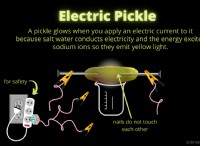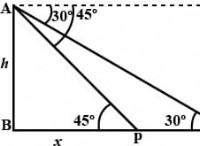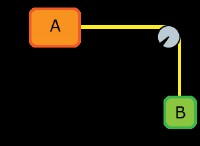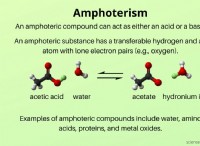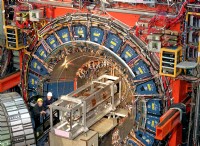1。 2つの材料の屈折指数:
* 屈折率(n): これは、材料に入ると光がどれだけ曲がるかの尺度です。真空中の光の速度と材料の光の速度の比として定義されます。
* 屈折率の違い: 2つの材料間の屈折指数の違いが大きいほど、光は曲がります。 たとえば、光は空気からガラス(n≈1.5)に移動するよりも、空気(n≈1.00)から水(n≈1.33)に向かって曲がります。
2。入射角:
* 入射角(θi): これは、入ってくる光線と、入射点の正常(表面に垂直な線)の間の角度です。
* スネルの法則: This law describes the relationship between the angle of incidence, the angle of refraction (θr), and the refractive indices of the two materials:
* n1 * sin(θi)=n2 * sin(θr)
要約:
* 屈折率の違いが大きい: より多くの屈折
* 入射角が大きい: より多くの屈折(特定のポイントまで)
例:
* プリズム: 光はプリズムに入って出るときに2回屈折し、分散(色の分離)をもたらします。
* レンズ: Light is refracted to converge or diverge, depending on the lens's shape and the refractive indices of the lens material and the surrounding medium.
屈折について他に質問がある場合はお知らせください!


